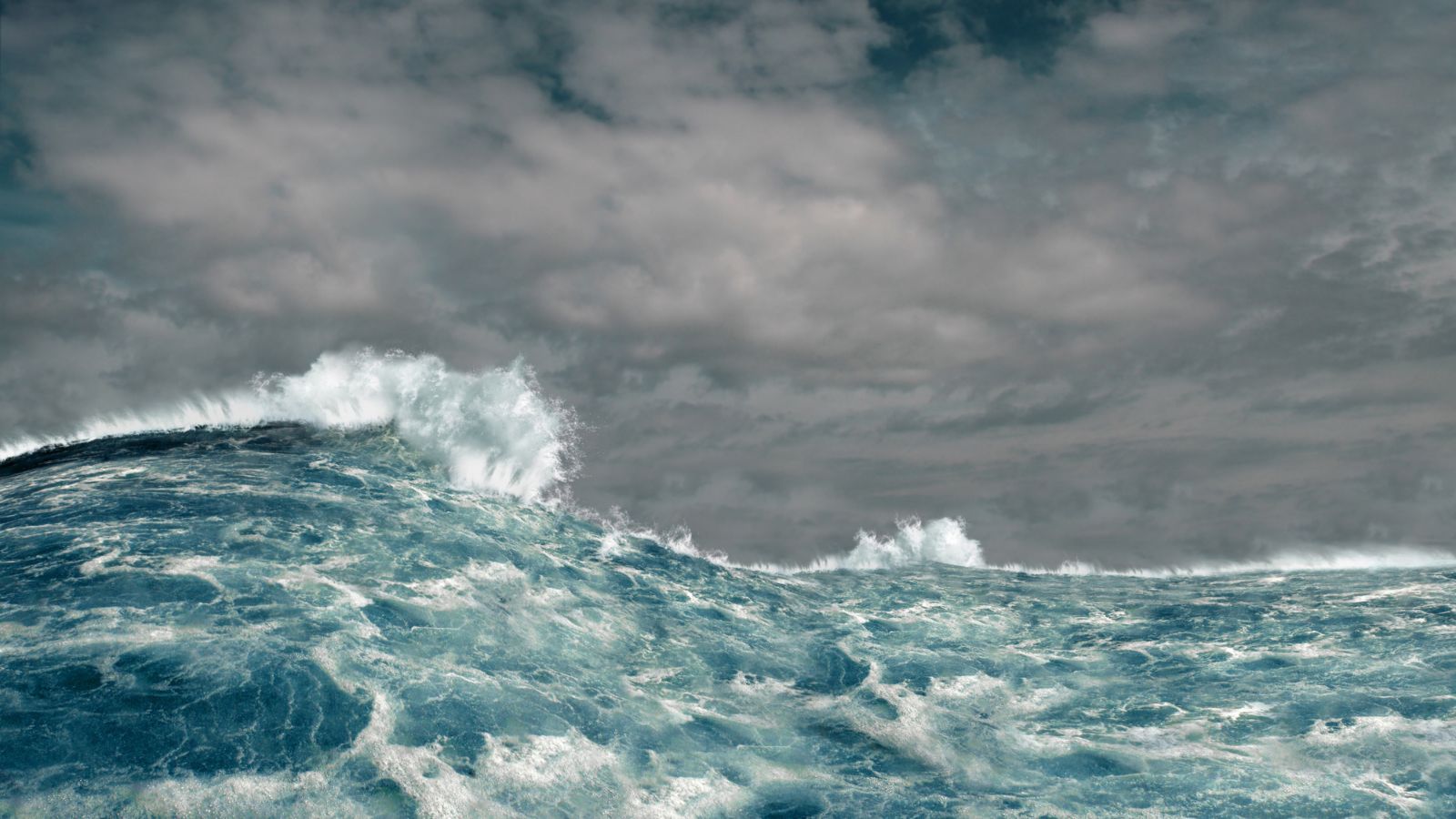A tsunami is a series of powerful sea waves caused by sudden disturbances in or near large bodies of water, most often triggered by undersea earthquakes. The word “tsunami” comes from Japanese, combining tsu (harbour) and nami (wave), reflecting the devastating impact such waves can have when they surge into coastal towns.
Unlike ordinary waves caused by wind, tsunamis are driven by the displacement of huge volumes of water. When tectonic plates shift abruptly under the ocean floor, the seafloor lifts or drops, sending shockwaves through the water above. These waves can travel at jetliner speeds across oceans and grow massively as they approach shallow coastal areas.
Early warnings a common person might notice include a sudden, strong earthquake near the coast, rapid and unusual receding of the shoreline, strange bubbling or swirling in the sea, water turning muddy or smelling like rotten eggs, or unusual animal behavior like birds flying inland or marine animals acting agitated. A loud, deep roaring sound from the ocean is also a key sign. If any of these are observed, one should move to higher ground without waiting for official alerts.
In 2004, ten-year-old Tilly Smith was on vacation in Thailand when she noticed the sea pulling back unnaturally. Recalling a geography lesson on tsunamis, she quickly warned her family and alerted others. Her timely warning led to the beach being evacuated just in time, saving around 100 lives.



